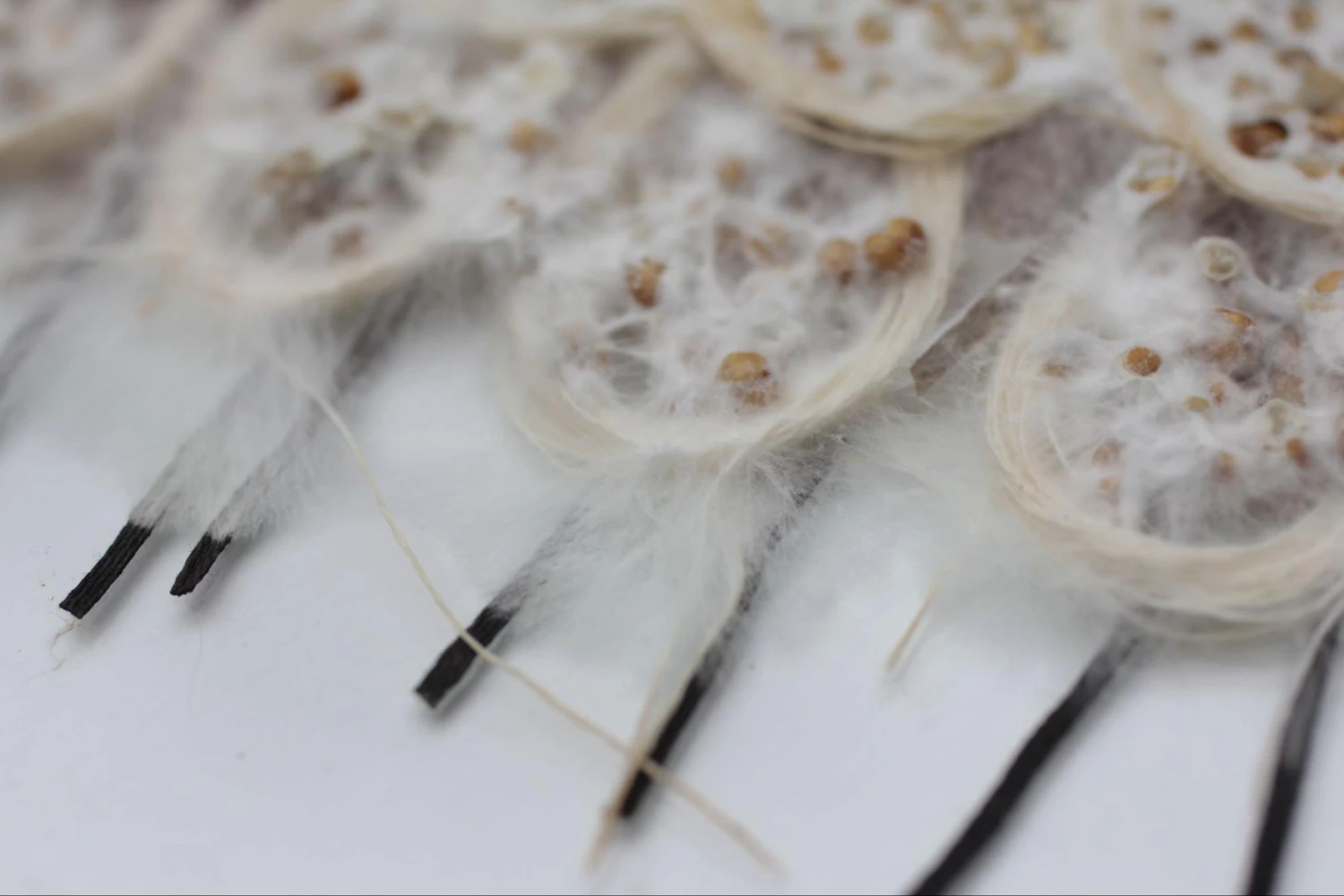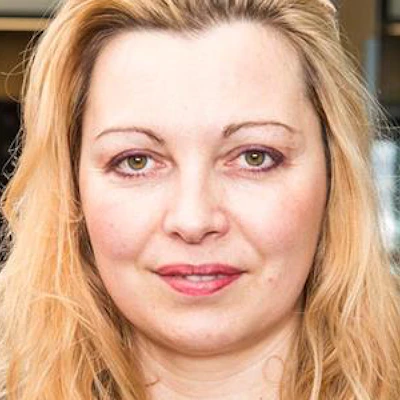01.15THU
Carole Collet "Designing Across Domains to Enable Planetary Change"

Special feature "Cycles of Life: The Past & Future of Apparel" in collaboration with Yoshikazu Yamagata, designer of the fashion label writtenafterwards and organizer of the fashion learning platform "coconogacco." This time, we are pleased to welcome Carole Collet, a leading figure in research that bridges sustainable design, bio-design, and textile design since the 1990s, driving the field forward.
We discussed with Collet about the changes she envisions, considering the current landscape, where she questions textile design methods and now comprehensively examines design itself beyond the boundaries of fashion design.
PROFILE

Carole Collet
A UK-based designer/researcher, currently a professor in the field of Sustainable Future Design at Central Saint Martins (hereafter CSM) in London. She is also the Director of the creative platform Maison/0 (Maison Zero) for Regenerative Luxury at CSM / LVMH and the Co-Director of the Living Systems Lab research group at CSM.
Thumbnail: "Mycelium Textiles" (Carole Collet, 2019)
Is it Possible to Be Both a Textile Designer & an Ecologist?
Passion for Textile Design & Concerns About Environmental Impact
I began actively researching how to incorporate the principles of biomimicry and biology into textile design in 2007. Prior to that, I focused on developing sustainable textiles, considering sources of raw materials, recycled materials, and types of dyes. While studying textiles at a university in Paris in the late 1980s, I learned in technology lectures how textiles are mass-produced and how reliant they are on harmful processes. Until then, I had not connected the textile industry with its environmental impact, but I vividly remember deciding I didn’t want to engage with such a polluted industry. In other words, my interest in sustainability stemmed from being an ecologist.This article is for members only.
Please register to read the rest of the article.
What you can do with a membership
- Read members-only articles
and use text-to-speech. - Unlimited article favourites
and browsing history. - Attend members-only events.
- Get the latest information
with our email newsletter.
CONCEPT VIDEO
"fashion tech news" Unveils New Logo & Concept Video
TOP ARTICLES
RELATED ARTICLES
CONCEPT VIDEO
"fashion tech news" Unveils New Logo & Concept Video
CONTACT
If you have any questions or enquiries, please enter your details in the form below.








.jpg?w=400&fm=webp)









.png?w=400&fm=webp)


